If you haven’t noticed, it’s officially fall. The leaves are changing colors, the weather is getting colder and HTC has launched its annual fall flagship phone – the HTC One A9. Like most other years, HTC’s fall flagship is a bit of an odd-ball. Last year’s HTC Desire Eye featured a massive 13 megapixel front-facing camera, the HTC Rezound was a powerhouse phonem paired with Beats headphones and the HTC One max’s 6-inch display was two years ahead of its time. By comparison, the HTC One A9 is understated, but the phone’s “unique” design, spec sheet and price may make it the most controversial phone HTC has even built.
Design
HTC has been getting a lot of flak about the HTC One A9’s design. While it sports nearly all the design characteristics of HTC’s signature One lineup, the HTC One A9 looks a lot more like the iPhone 6 than any other HTC One we’ve ever seen. The One A9’s design features an aluminum unibody shell with polycarbonate antenna cutouts near the top and bottom on the back side of the phone. HTC pioneered this design with the HTC One M7, but HTC has chosen to reduce the size of the rear camera lens and place it above the top antenna cutout, just as Apple has done. Fortunately, HTC chose to center the camera rather than leaving it in the left corner. If you take a look back at the design of the HTC One M8, you’ll see that the A9’s camera falls in the exact spot as the M8’s smaller depth-focus sensor.
The second noticeable diversion from HTC’s usual One design is the flat back of the One A9. Because of this, the One A9 doesn’t nestle in the palm of your hand as previous iterations of the HTC One but it is quite comfortable to hold. It also makes for a much more pleasant experience if you receive notifications when the phone is sitting on a desk or a table since the doesn’t dance around when it vibrates
Flip the phone around to the front and you’re greeted with by a gorgeous 5-inch 1080p AMOLED display. Unfortunately, HTC’s trademarked BoomSound stereo speakers are missing, traded in for the One A9’s fingerprint scanner the the phone’s sleek 7.3mm profile.
Specifications
Though the HTC One A9 is HTC’s must-have smartphone for the fall, it doesn’t pack the same punch as HTC’s spring flagship. Rather than packing in the latest Qualcomm Snapdragon 800 series chip, HTC has chosen to equip the One A9 with a mid-tier Snapdragon 617 chip which delivers impressive performance numbers and even Qualcomm’s Quick Charge 3.0 standard.
In the US, the HTC One A9 sports 3GB of RAM and 32GB of internal storage, but those numbers are bumped down to 2GB and 16GB for other global markets. Those who may be concerned with the 16GB of internal storage will be pleased to hear that the HTC One A9 does have expandable storage slot which supports microSD cards up to 2TB. Since the phone is running Android Marshmallow, that means you have the option of using your microSD card as Adoptable Storage, expanding the internal storage of the phone to the size of your microSD card. Based on readily available cards, you could add 128GB of internal storage to your One A9 for roughly $50.
Other specs on the HTC One A9 include a 5-inch 1080 AMOLED display protected by 2.5D Gorilla Glass 4, 13 megapixel main camera with sapphire lens, auto-focus , BSI sensor, OIS and ƒ/2.0 aperture, a fixed-focus UltraPixel (4 megapixel) front-facing camera with ƒ/2.0 aperture, 2150 mAh battery, fingerprint sensor, Bluetooth 4.1, Wi-Fi 802.11 a/b/g/n/ac (2.4 & 5 GHz) and your usual array of ambient light, proximity , motion, compass, gyro, and magnetic sensors.
Performance and day-to-day use
When reviewing a true flagship phone, my expectations are typically set pretty high. The phone needs to be fast. It must have an amazing camera and the phones battery should be able to last at least 12 hours under heavy use. While HTC One A9 isn’t a flagship-tier device, it actually performed a lot better than I expected.
Benchmark scores will show that the Qualcomm Snapdragon 617 processor inside the one A9 is dramatically less powerful than the 810 that’s used in the HTC One M9. But you’d never know it if you use your phone for email, social media, pictures and light gaming.
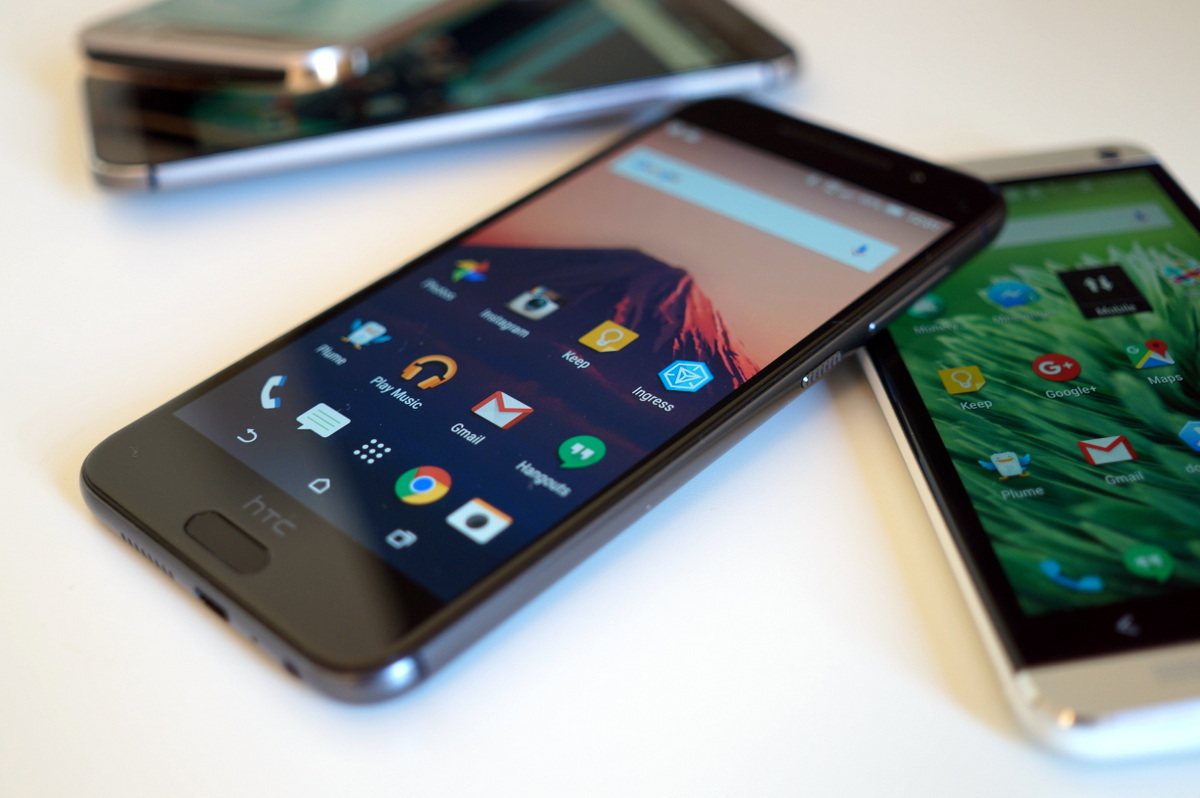
HTC’s software team has done an incredible job of integrating HTC Sense 7 into Android Marshmallow, toning down unnecessary customizations and even removing duplicate apps like HTC’s browser and music player since Google requires Chrome and Google Play Music to be pre-installed on the phone. This is good news for those who buy the 16GB version of the phone since it frees up space for apps that you’d actually use.
The additional elbow grease that has been put into streamline Sense also translates into an incredibly smooth user experience. Lag is virtually inexistent as you jump in and out of apps. The HTC One A9 and its Snapdragon 617 can even handle advanced 3D games like Leo’s Fortune, Horizon Chase and Star Wars: Uprising (a new personal favorite) without frame skipping or even the slightest stutter. Technically, the HTC One M9, Samsung Galaxy S6 and the LG G4 are better gaming devices, but the increase processing power found in those flagship devices really only translates into quicker load times between game levels or when a game is first launched.
The only real disappointment for me is the HTC One A9’s lack of front-facing BoomSound stereo speakers. Moving the speakers to the bottom edge of the phone gives the device a clean look, but the placement isn’t optimal if you want to enjoy audio from a YouTube video or game while holding the phone in landscape. The speaker grills are easily covered by the palm of your hand, muffling the audio output by 60-70%. The audio experience from the phone’s built-in speaker is sub-par when compared to BoomSound-equipped smartphones, but it’s no different than what you’d get from other Android or iOS devices.

To compensate for this, HTC equipped the HTC One A9 with an enhanced audio experience through the phone’s 3.5mm headphone jack. With headphones plugged in, you get Dolby Audio surround sound with built-in DAC for 24-bit audio at 192KHz and a dedicated 2.55V amp. If you use the headphones that come with the phone, you won’t really notice much difference in the audio quality. But things get a whole lot clearer if you own a good pair of headphones. It’s not something that everyone will notice, but it’s definitely a perk for those who spend extra money to enjoy a richer audio experience.
Cameras
Let’s be honest, HTC trailing the competition when it comes to camera quality. The UltraPixel camera was a nice idea, but it should have never been used as the main camera on a flagship device – let alone two.
HTC tried to overcompensate with the 20 megapixel camera on the HTC One M9 and is now moving back to a reasonable middle ground with the One A9’s 13-megapixel imaging sensor. Simply put, the HTC One A9 offers the best camera experience ever delivered by an HTC smartphone. The imaging sensor on the one A9 captures stunning pictures in daylight and thanks to the phone’s optical image stabilization, it easily outperforms the HTC One M9 in low-light conditions. HTC still has a ways to go before it catches up with Samsung and LG in overall image quality, but it looks like things are finally back on the right track with the One A9.

As with HTC Sense, HTC’s superb camera app has gotten a few tweaks which improve the user experience. The main UI now features quick toggle buttons for HDR and selfie modes and variant of the original HTC Zoe (3 second video clip with multiple images) is also back. HTC isn’t calling it Zoe anymore since it now has a video highlights app that goes by the same name, but the basic functionality is still the same. The feature is turned on by tapping the multi-image/video button. When pressing the shutter button, the A9 captures 3 seconds of video and 20 images, but only the best three are saved in an effort to conserve storage. It’s not as good as the original HTC Zoe, but we’re glad to see that the feature is back after it was removed on the HTC One M9.
Advanced users will love the Pro camera setting on the HTC One A9. Once in Pro mode, you can choose to shoot images in JPG or RAW and manually adjust white balance, exposure, ISO, shutter speed and focus. The RAW images take up 25MB of storage, but they do produce better images than the standard JPG files and do give you more editing freedom if you do want to adjust the images on your desktop with Adobe Lightroom or other programs.
For those who want to have a little more for with their camera, the HTC One A9 is the first device from HTC with a built-in Hyperlapse setting. If you’re planning to record a long video, switching to Hyperlapse mode with give you the ability to change the playback speed of the video once you are done. If you like the final result, you can export the Hyperlapse video and then upload it to Facebook, YouTube, Instagram or any other video service to share with your friends. The quality of the videos is surprisingly good, even when recording a video while walking, thanks to the camera’s built-in optical image stabilization which minimizes the excess camera movement.
The front-facing UltraPixel (4 megapixel) camera on the HTC One A9 is as good as ever. Its wide angle lens allow you to easily fit 5-6 friends in your selfies and low-light shots turn out brighter than your actual surroundings, making it the perfect companion for your late-light escapades.
Battery Life
As powerful as smartphones are these days, the handset’s overall performance is limited by how long you can actually use the phone. Usually, this means that flagship devices with high-powered processors are equipped with massive batteries. That’s not the case with the HTC One A9. While the HTC One M9 has a 2,840 mAh battery, the slim body of the HTC One A9 only allowed for a 2,150 mAh battery.
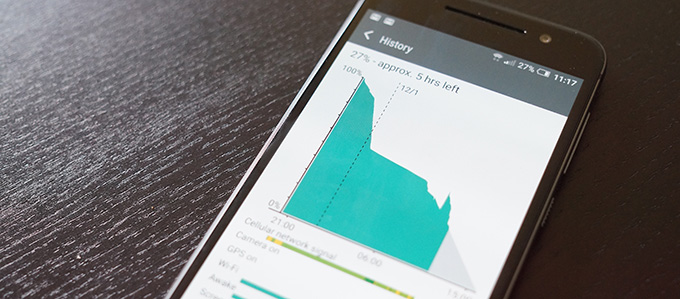
If you’re simply interested in the specs, this would be a huge disappointment. But the HTC One A9 manages to prove that specs don’t always paint a full picture. Even with its small battery, the HTC One A9 can easily last 12-14 hours under moderate use with more than 4 hours of screen-on time. If you use the phone sparingly, you can easily get two and a half days of battery life on a single charge. By today’s standards, the One A9’s battery performance is about average, but the phone manages to pull this off even though its battery is quite small. The magic behind the One A9’s battery life is a mixture of hardware and software. Pair Android Marshmallow’s new doze feature (which puts the phone in a hibernation state when its not used for a long period of time) with the super-efficient Qualcomm Snapdragon 617 and a 5-inch AMOLED display (HTC usually only uses power-hungry Super LCD panels) and the result is unexpected longevity from a battery that shouldn’t last as long as it does.
Final thoughts
The HTC One A9 is one of the most unique devices HTC has released in a long time. The HTC Dash and HTC Rhyme were create for a unique customer, but they never really delivered on the experience that they promised. While the One A9 isn’t as outlandish or under-powered as either of those phones, it is built specifically to appeal to smartphone users who enjoy the look of the iPhone, but prefer to live within the Android ecosystem. Fortunately, for HTC, the One A9 lives up to that promise even if it is a bit overpriced. 
Determining if the HTC One A9 is the phone for you is a decision you need to make on your own. If you need to have the latest and greatest tech, you’ll definitely be disappointed with the phone. But if you want a well designed phone with impeccable build quality, an above-average camera and enough processing power to satisfy your casual gaming needs, the HTC One A9 will definitely leave you with a smile on your face.




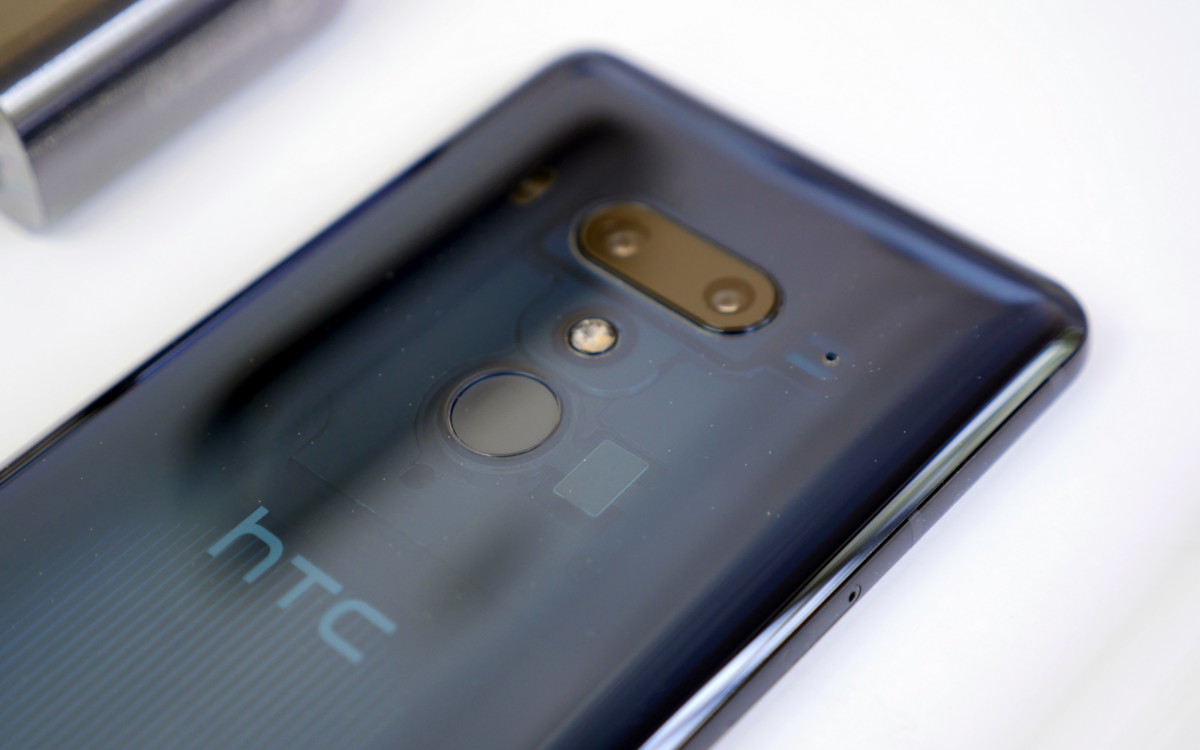
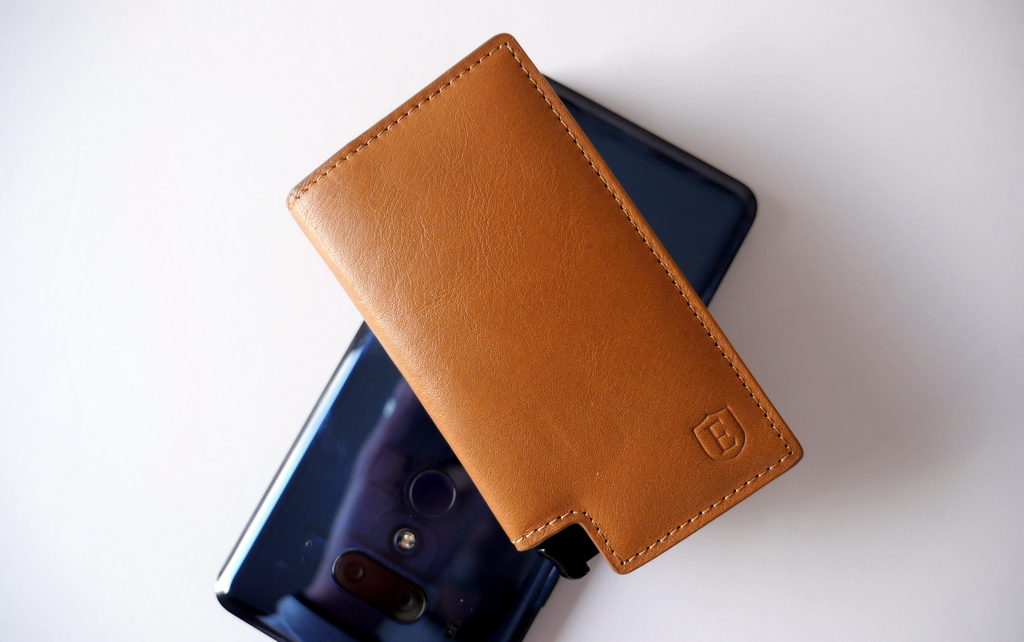

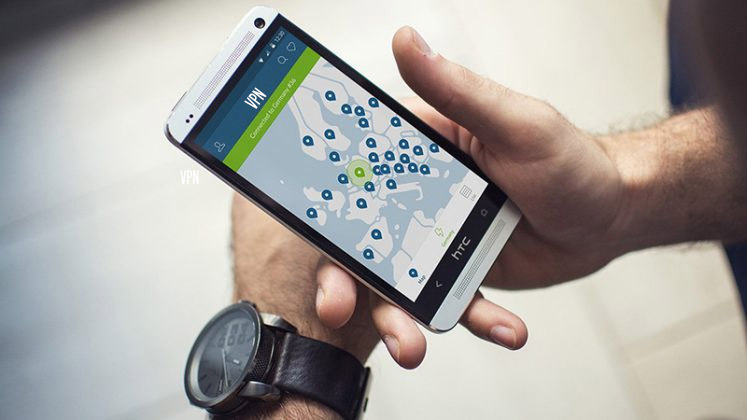
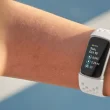

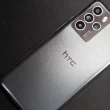
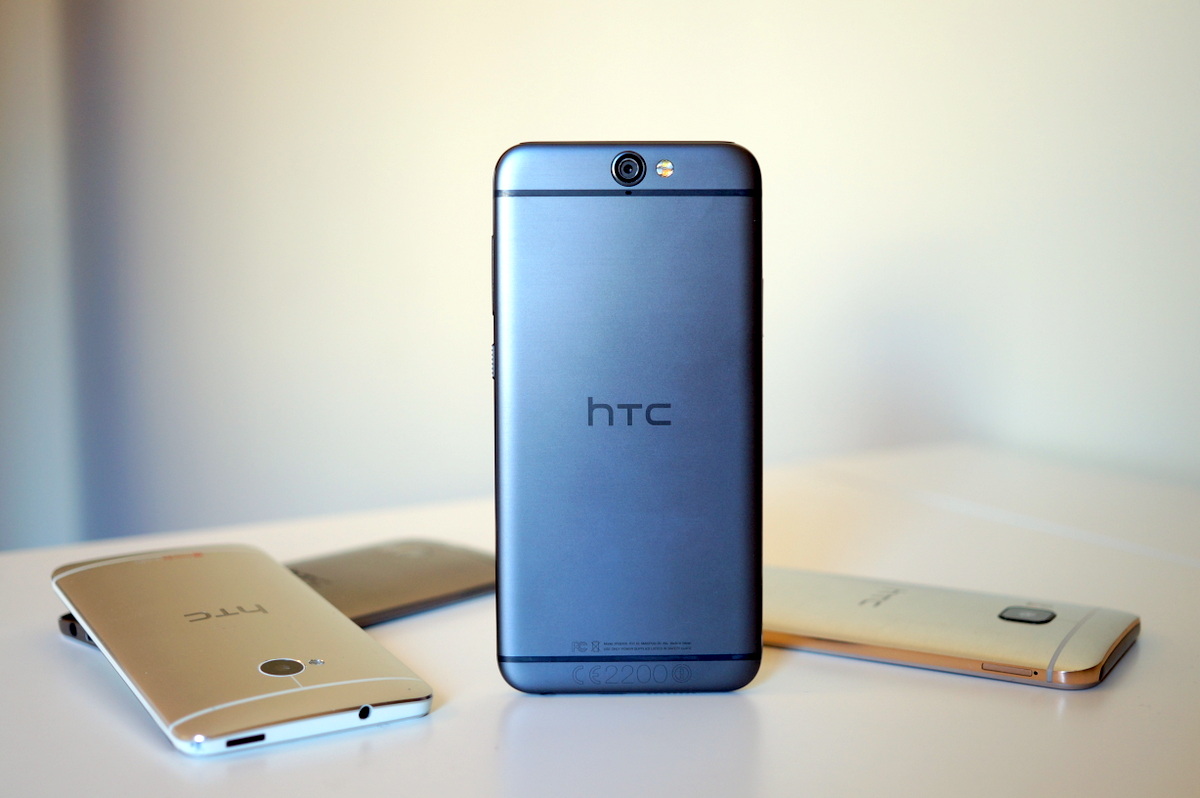

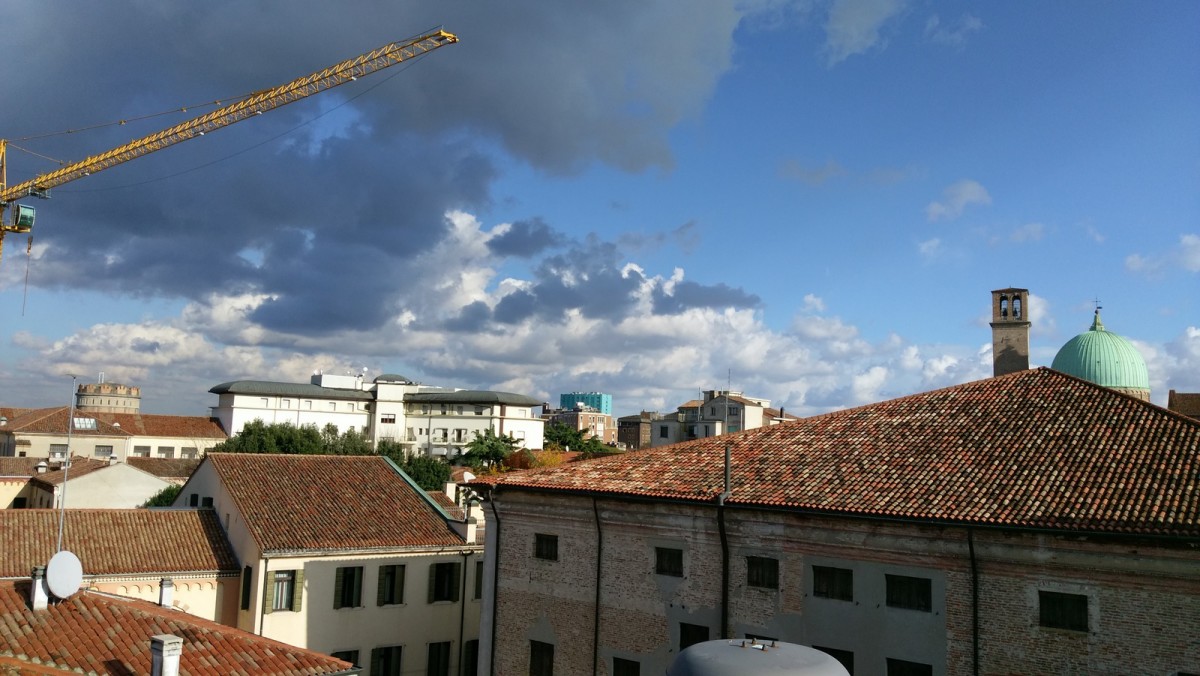
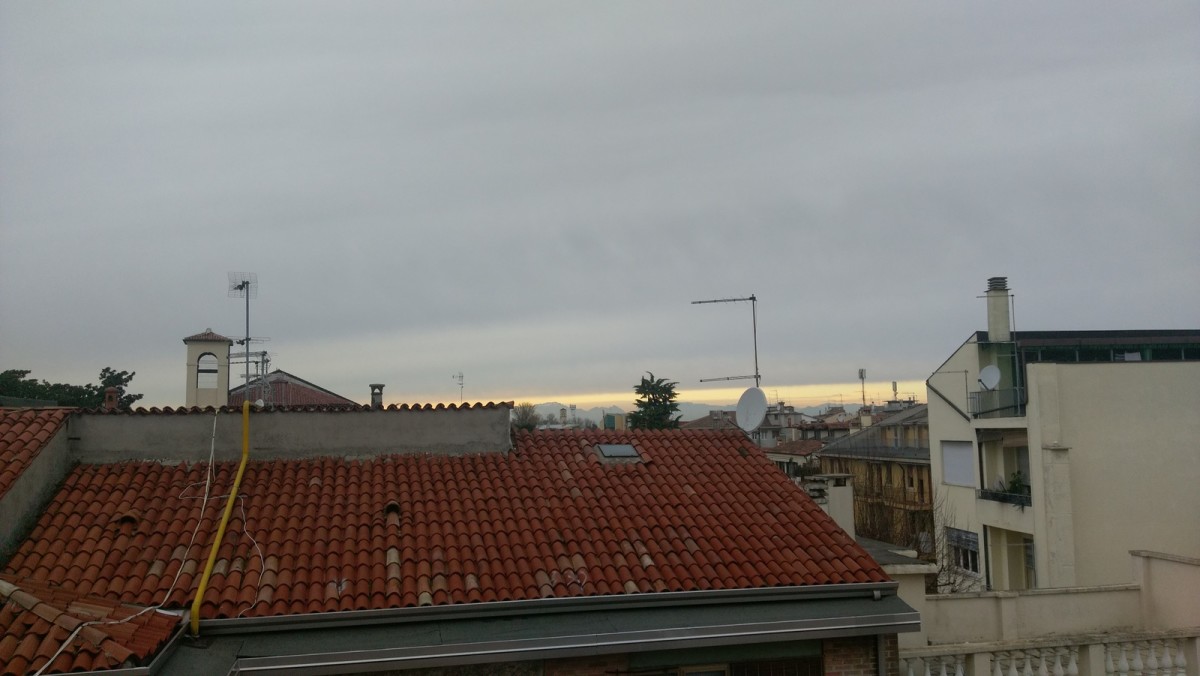
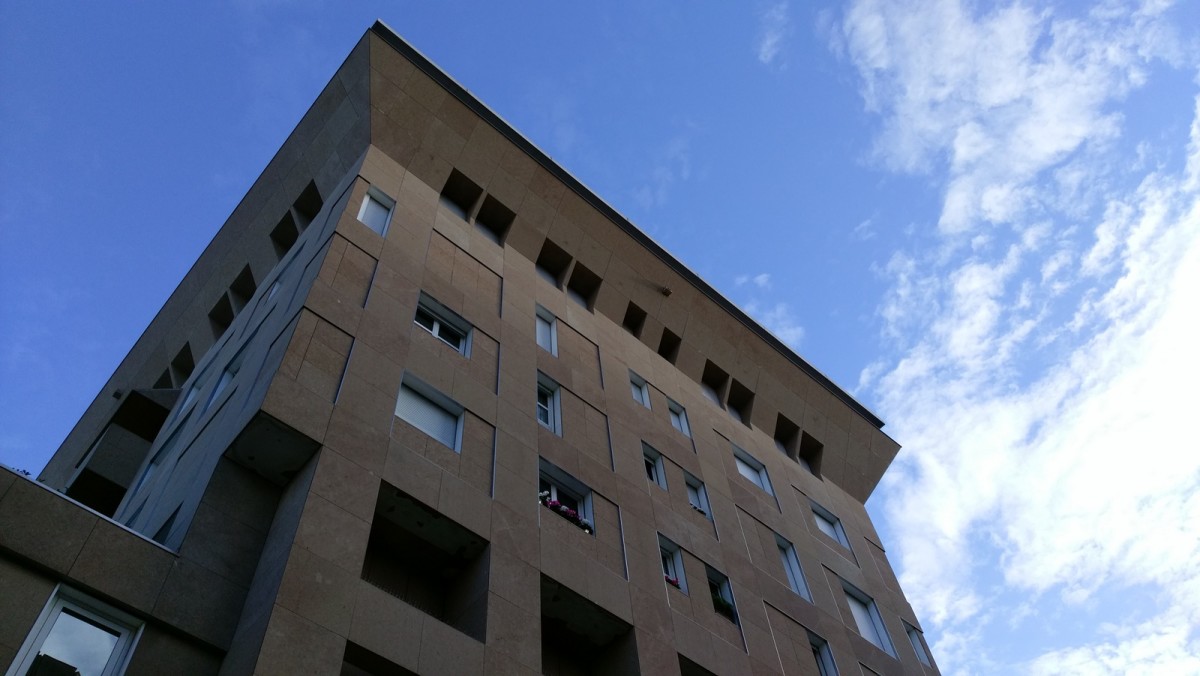
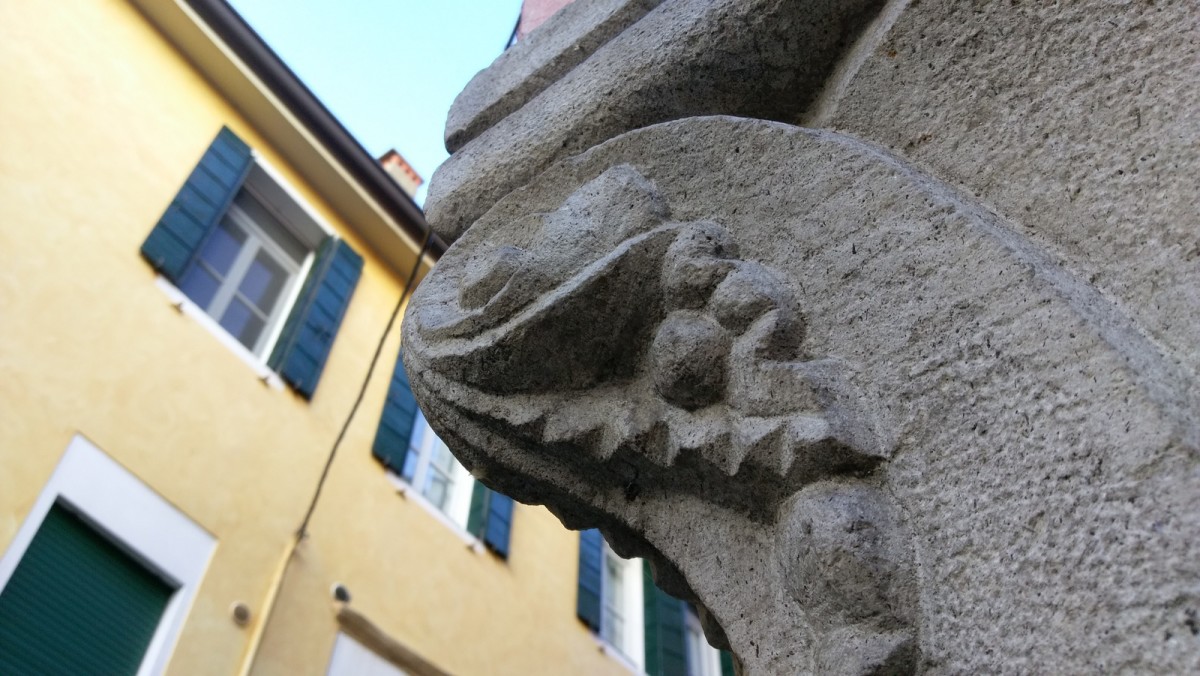
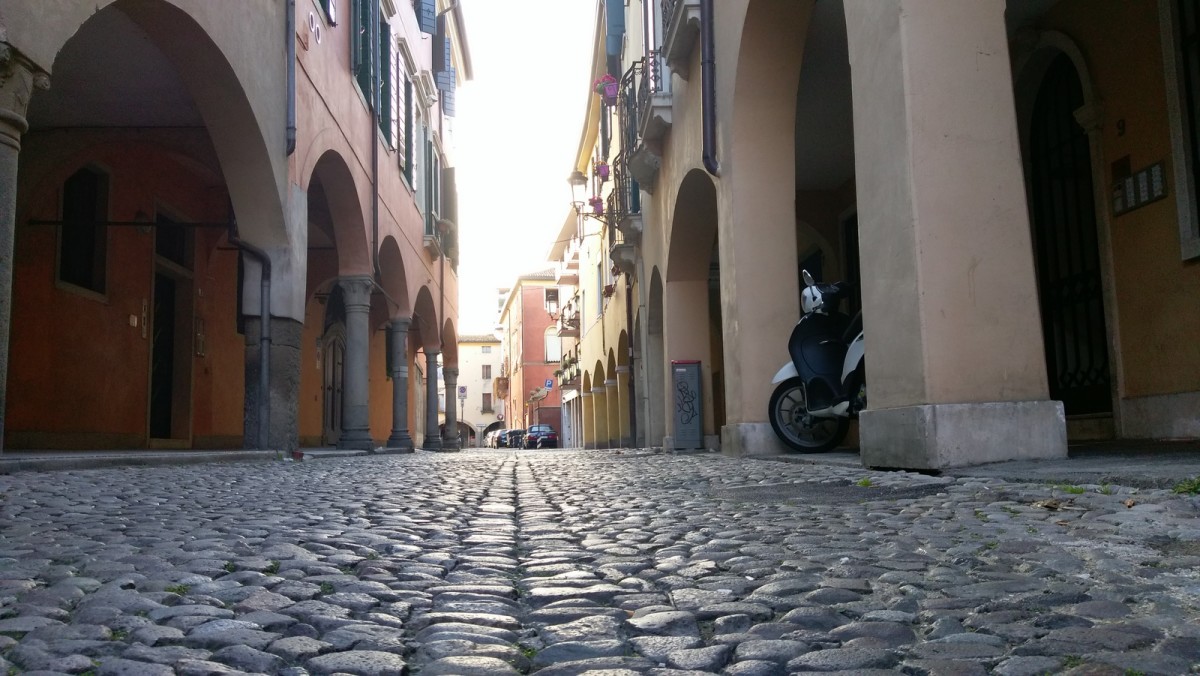


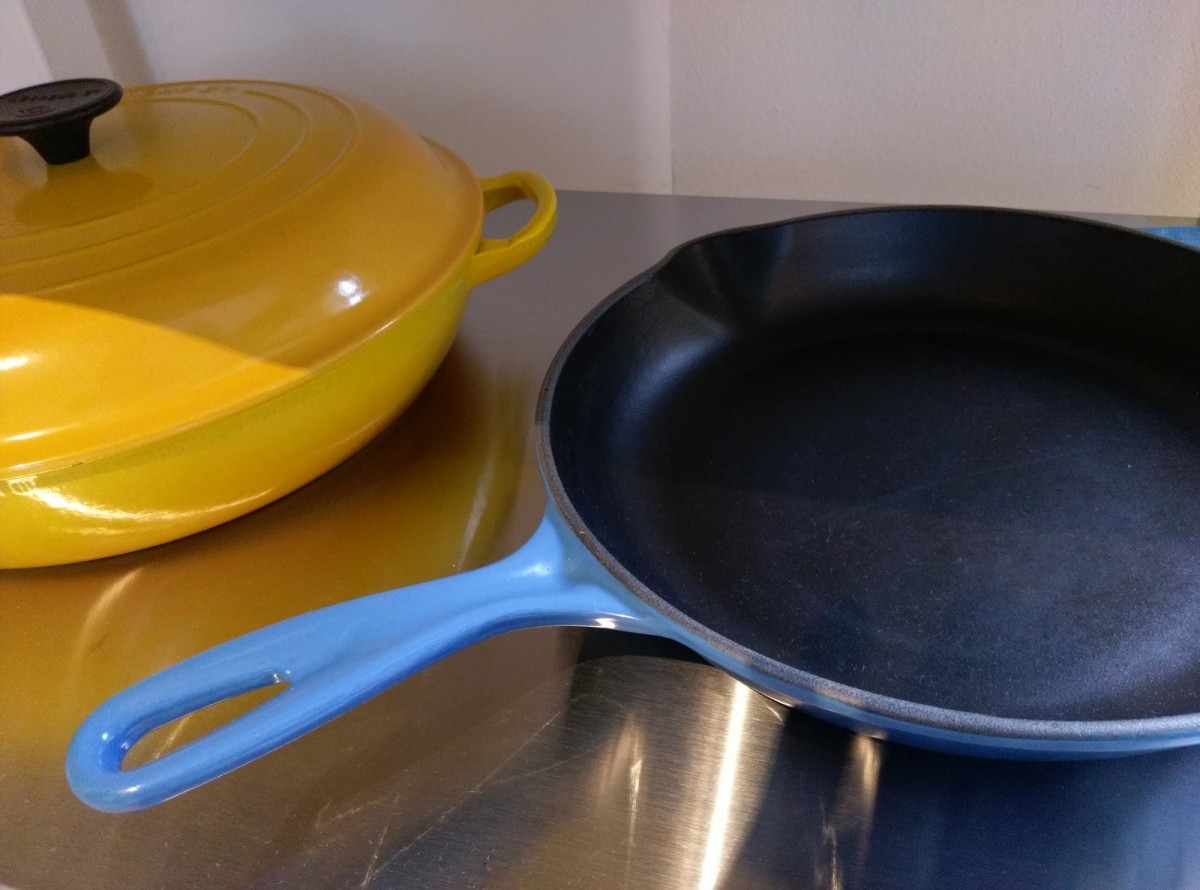
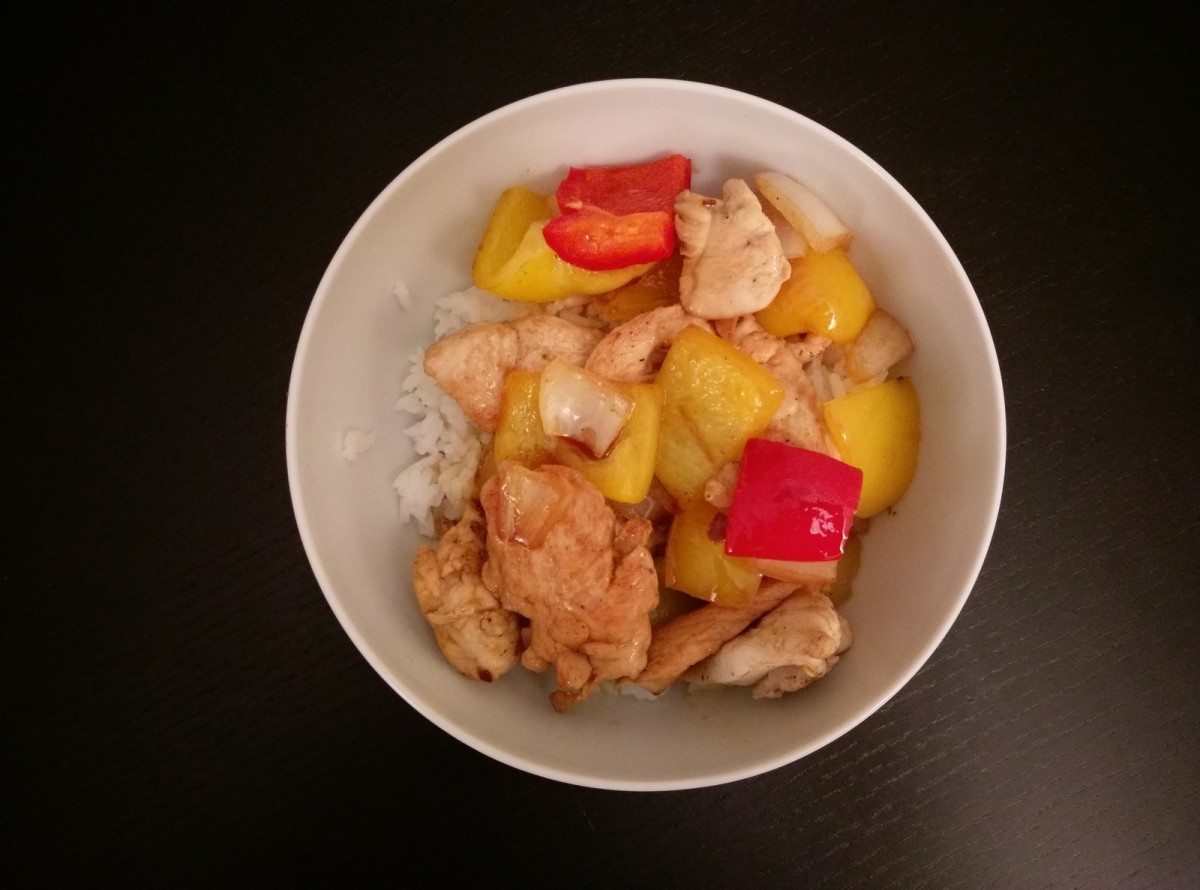



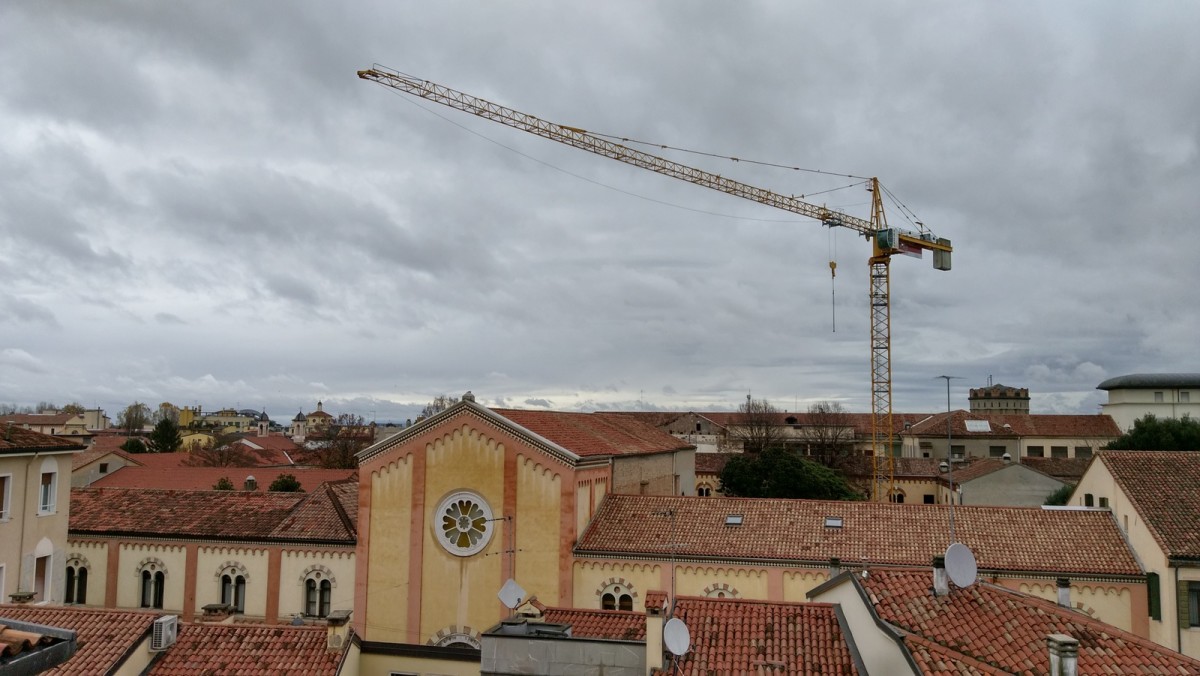
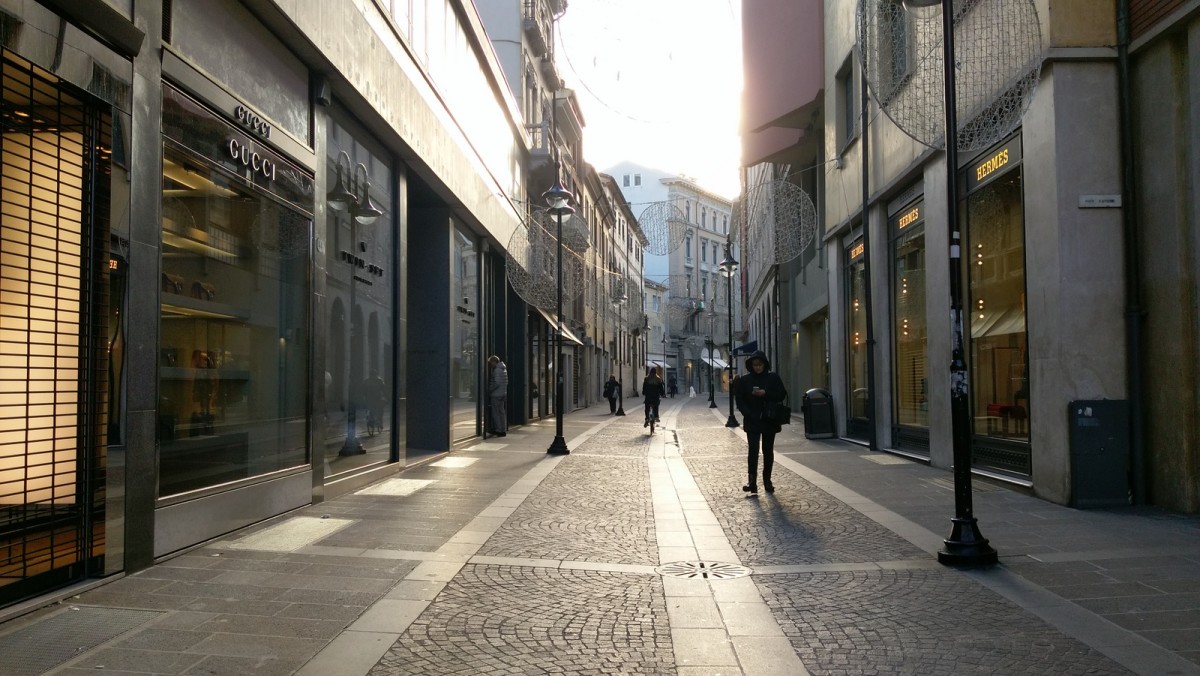
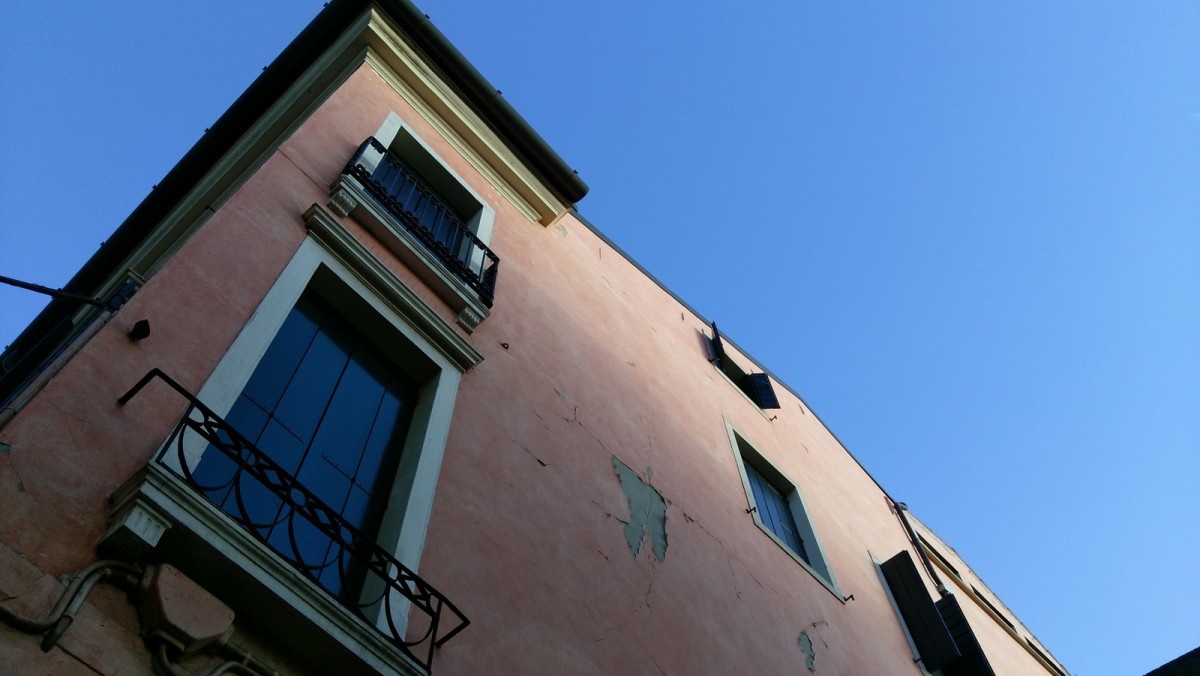
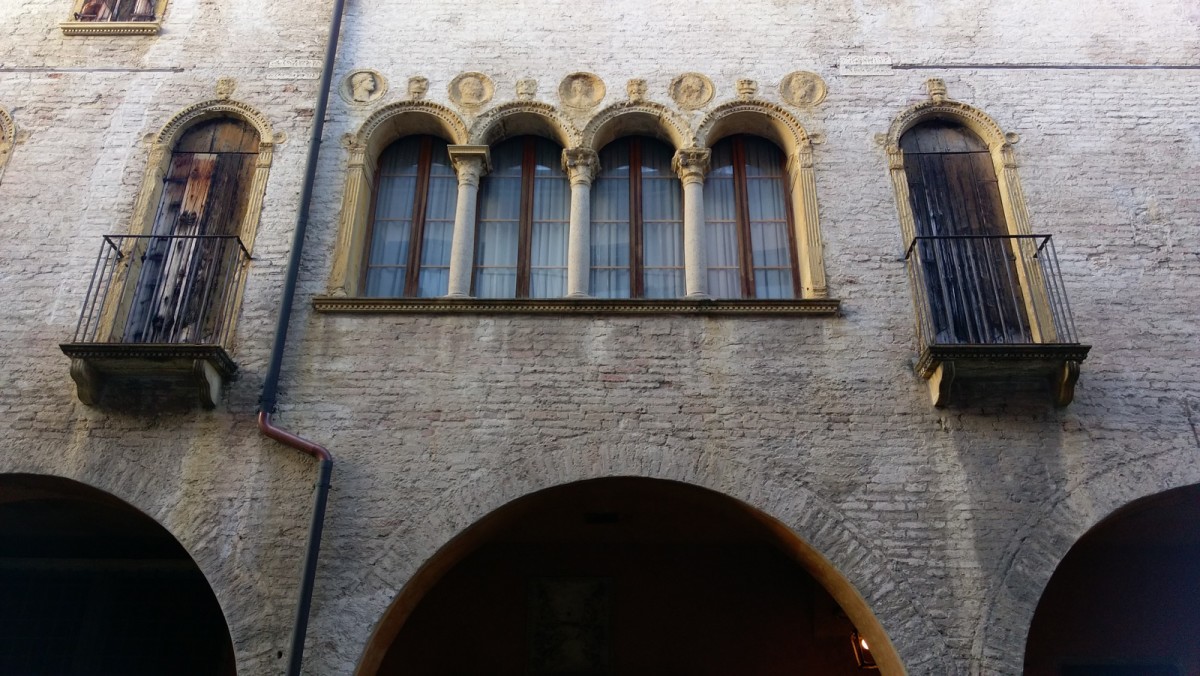
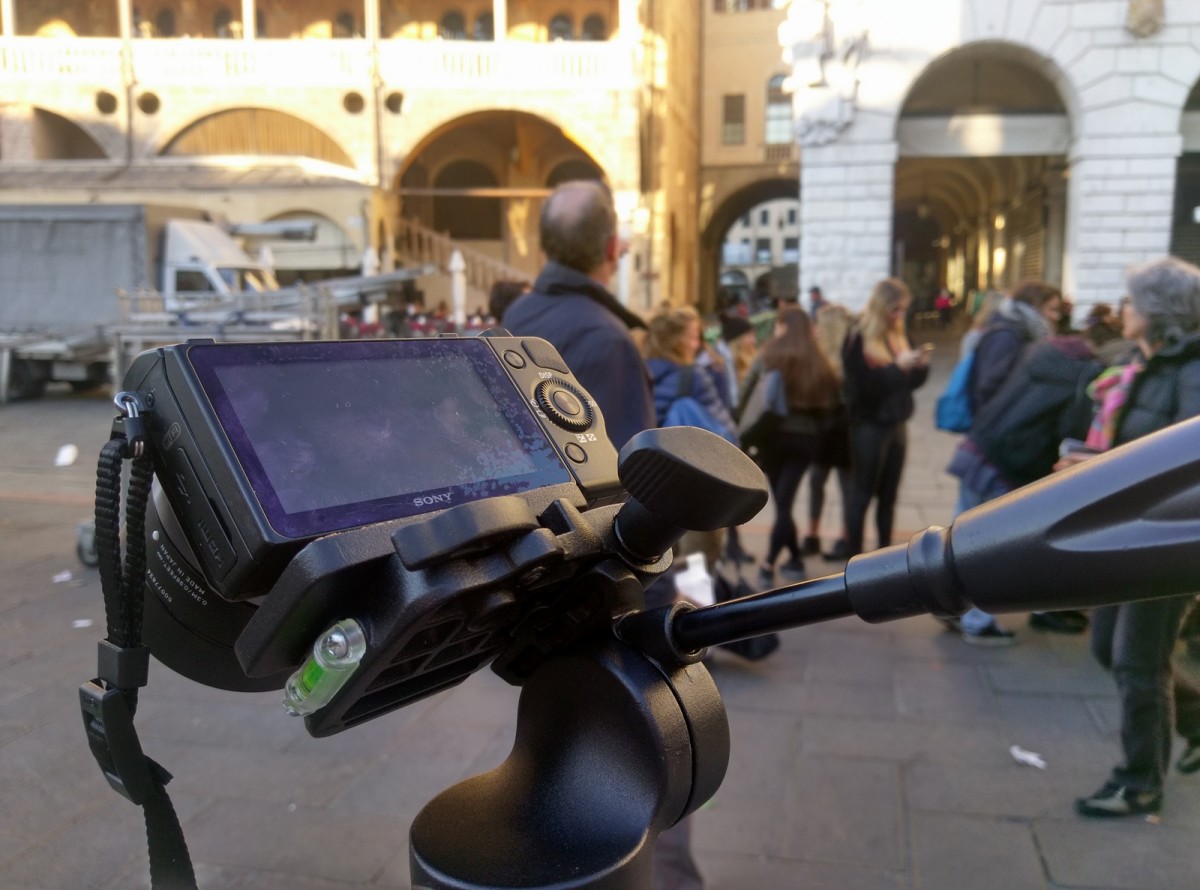


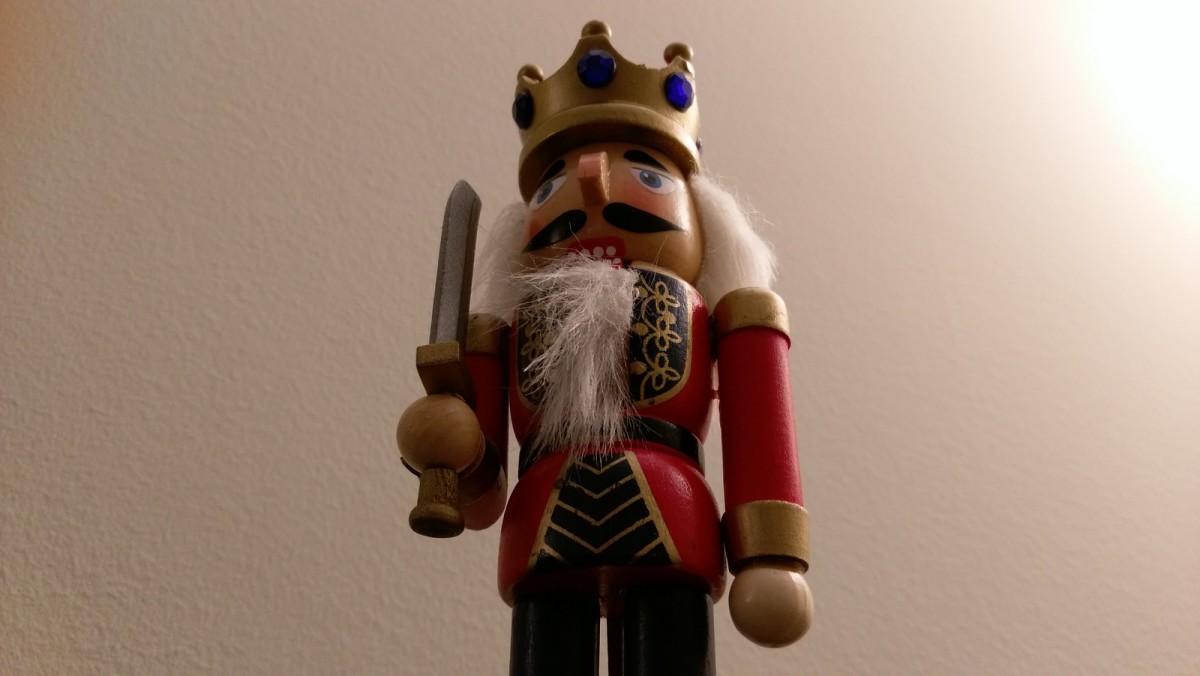
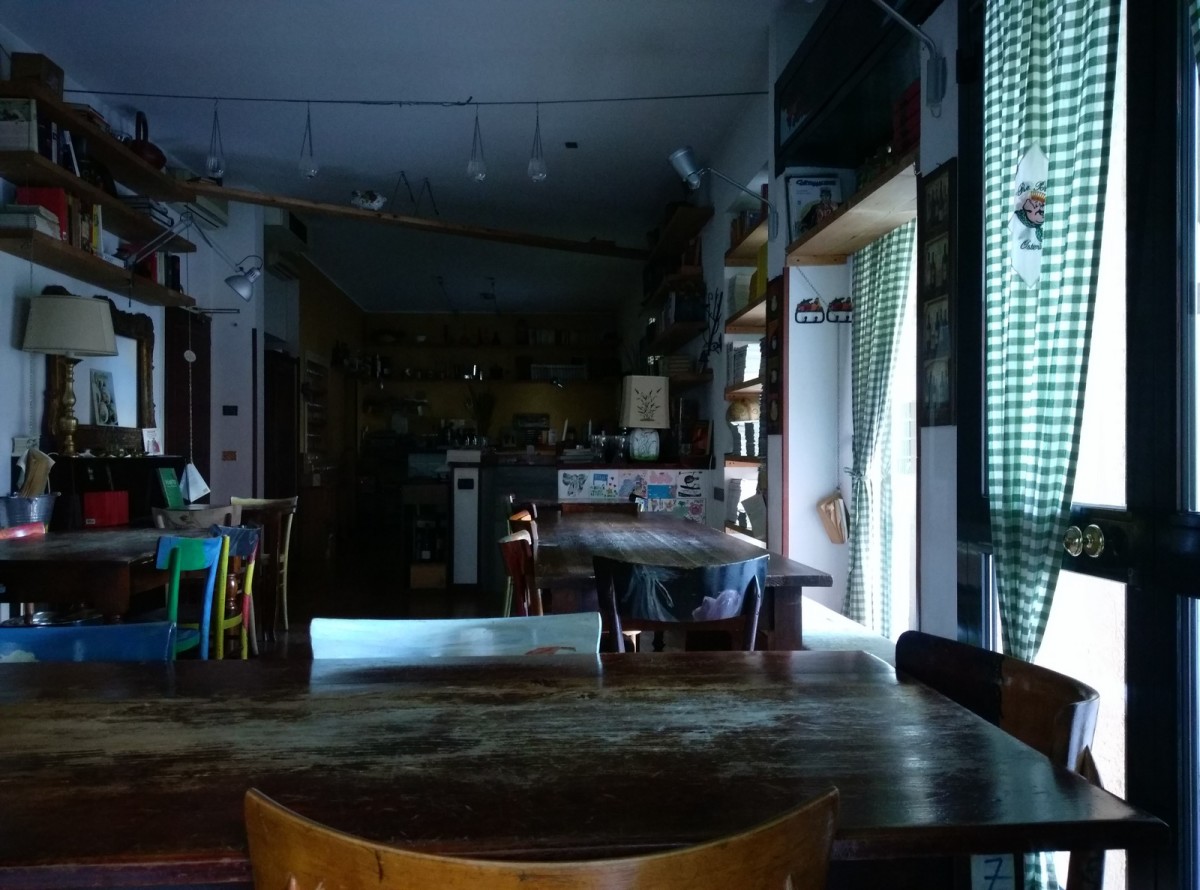
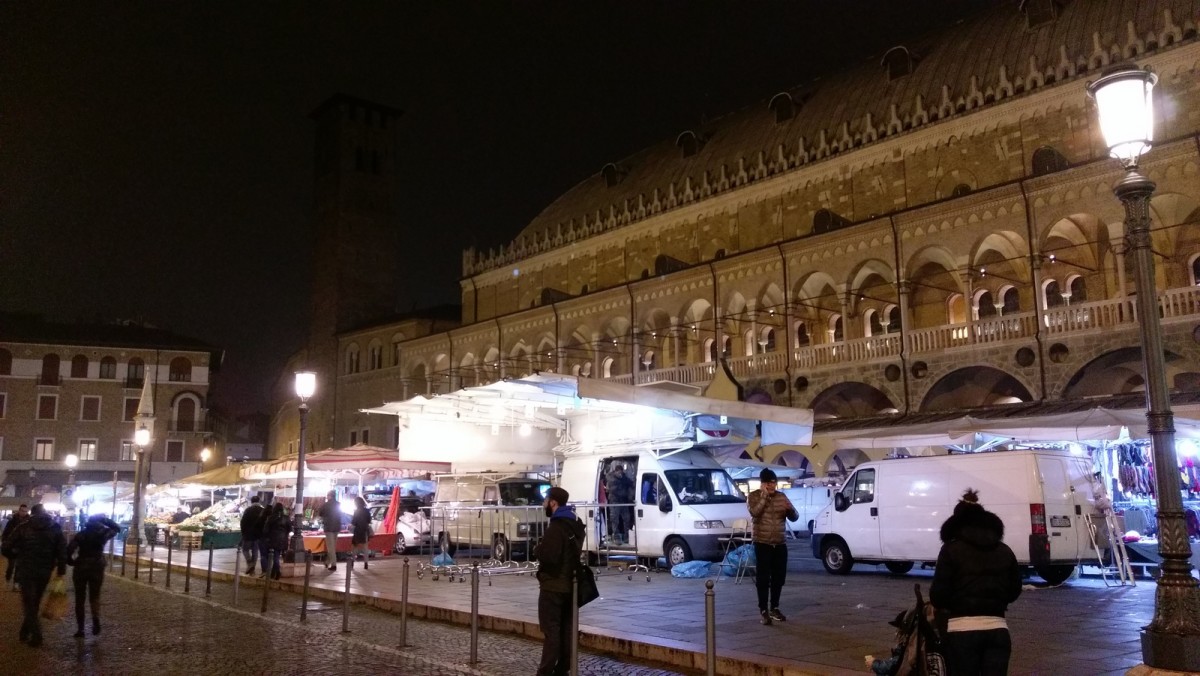

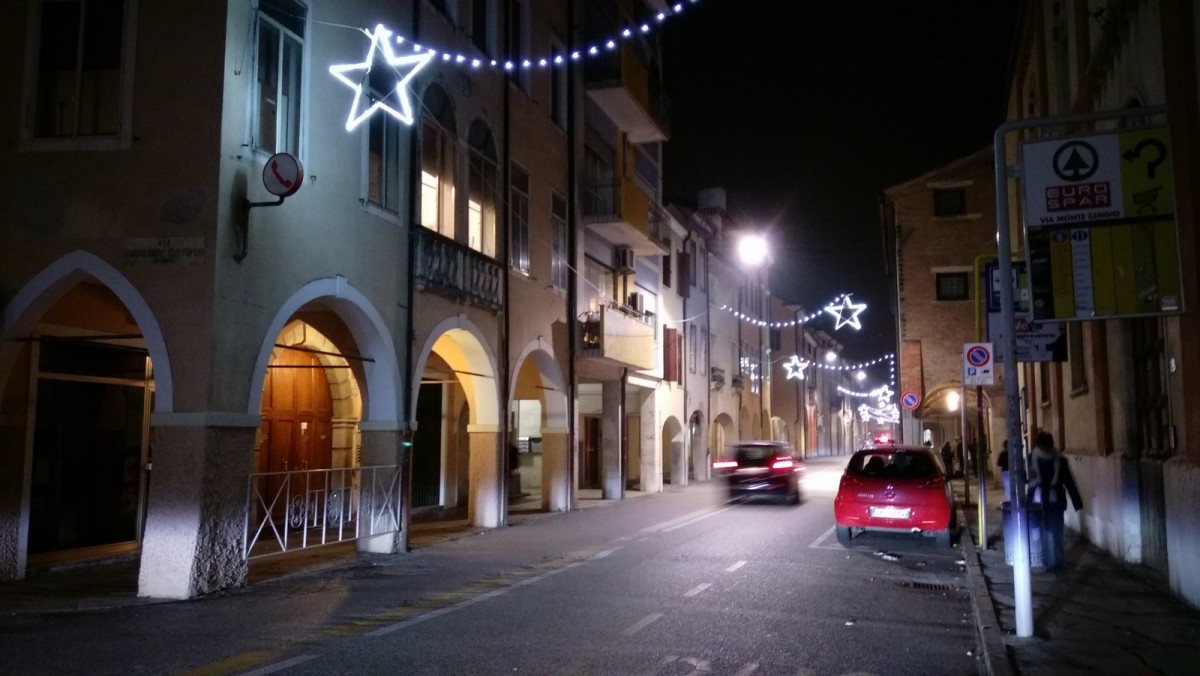



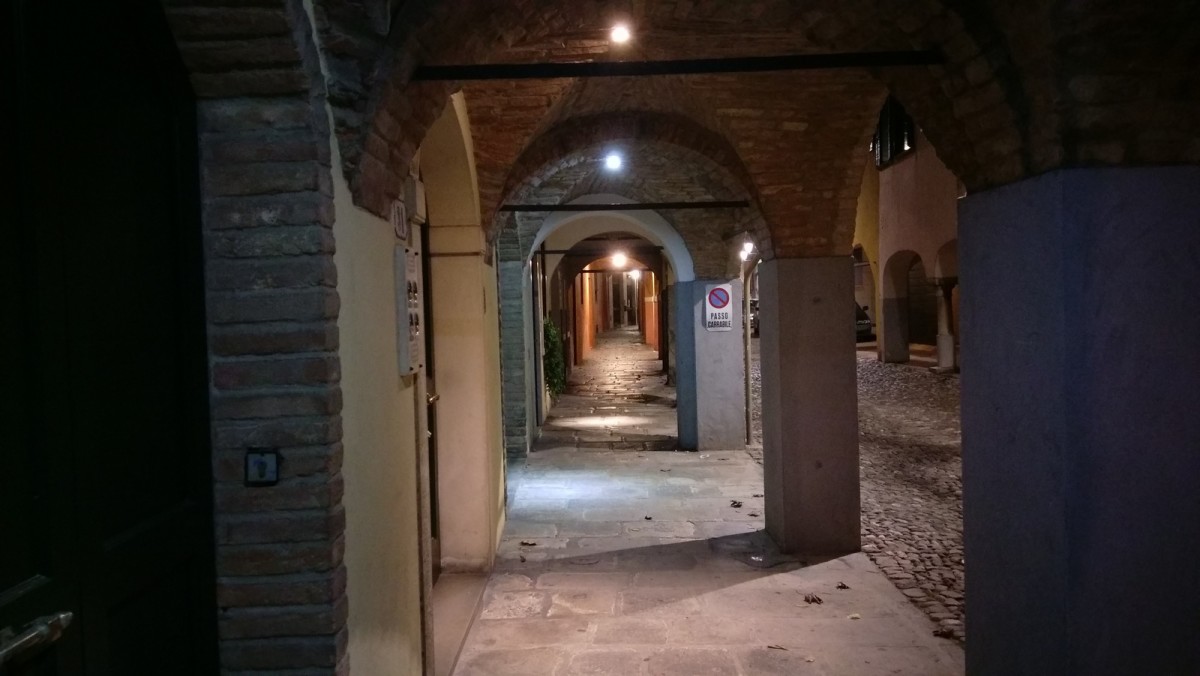
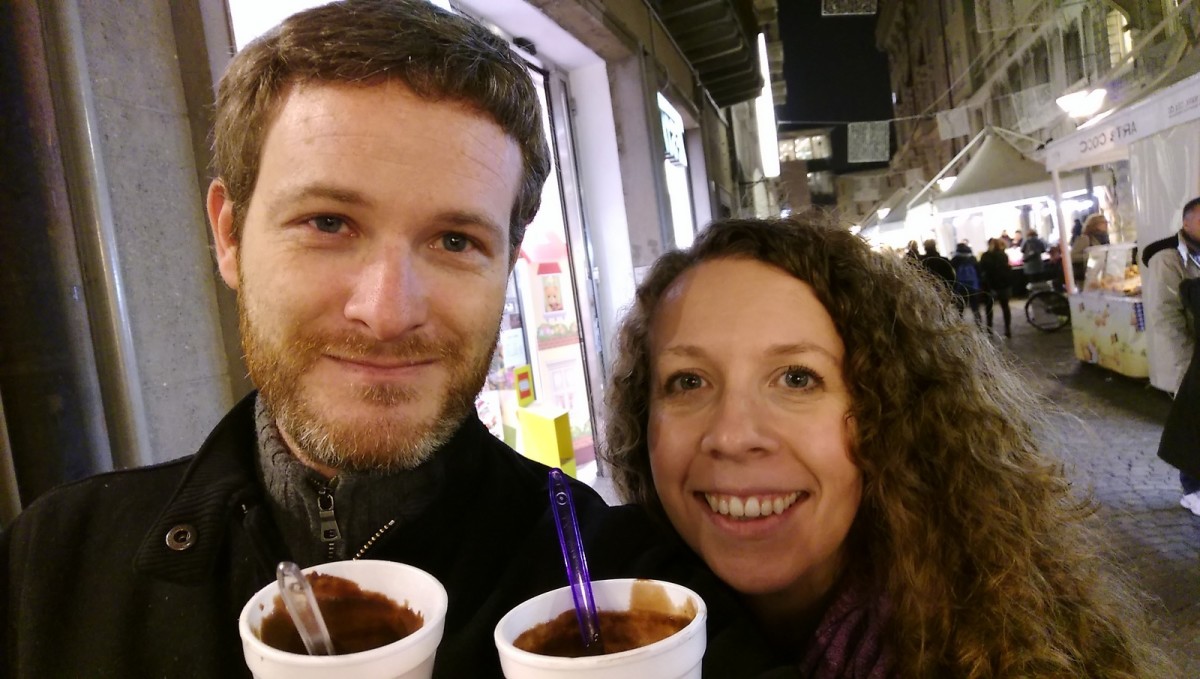
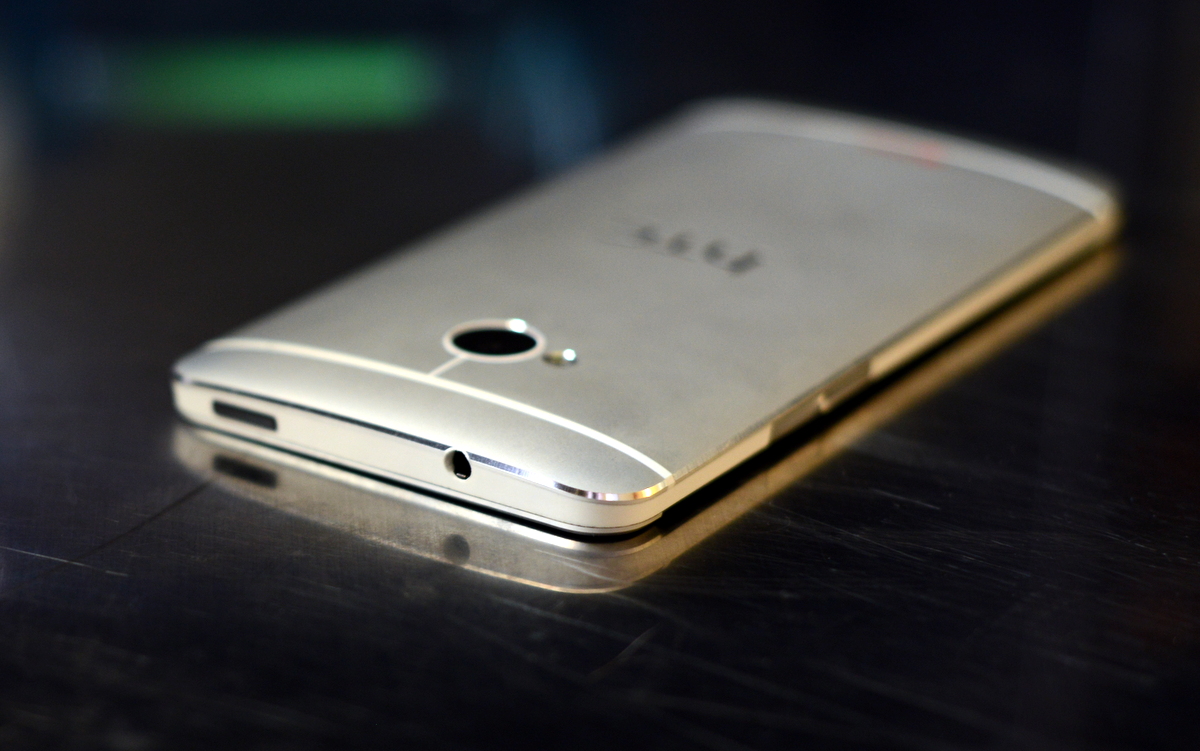
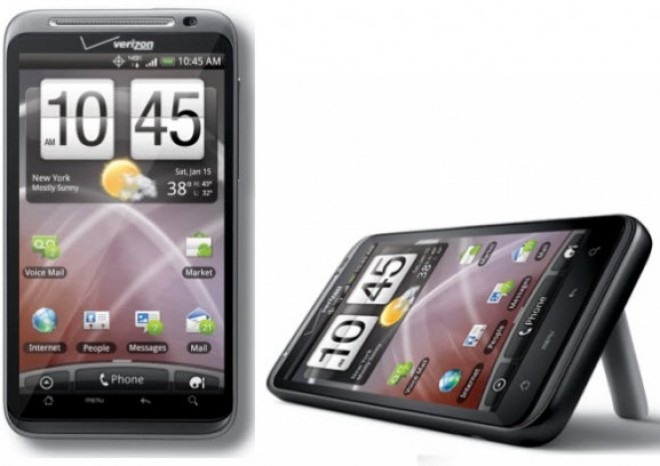

Unfortunately the price drops the score some points, something that is missing from the review overview
Good review! I’ve been curious as to what you guys had to say about it. One question. What 3.0 charger did you use? I’d like to get one, but I had read the phone needs an update to work with quick charge 3.0. Is that right? I.e. I guess that’s two questions. Lol.
Yes, HTC is still working on an update which will enable Quick Charge 3.0 on the One A9. I was only able to test the phone with Quick Charge 2.0 charger, but I have the Anker Quick Charge 3.0 charger (http://amzn.to/1lxDYU2) sitting in my Amazon shopping cart for when the update finally arrives.
Nick as per se any turbo quick charger will charge quicker. I use Aukey Qualcomm cerfificate 2.0 charger and not only charges HTC much quicker but also other devices with bla bla snapdragon on board.
Vaping batteries etc etc.
Is 14Watts per usb so this is magic. Yeah yeah chip controls how much power can be pushed in time.